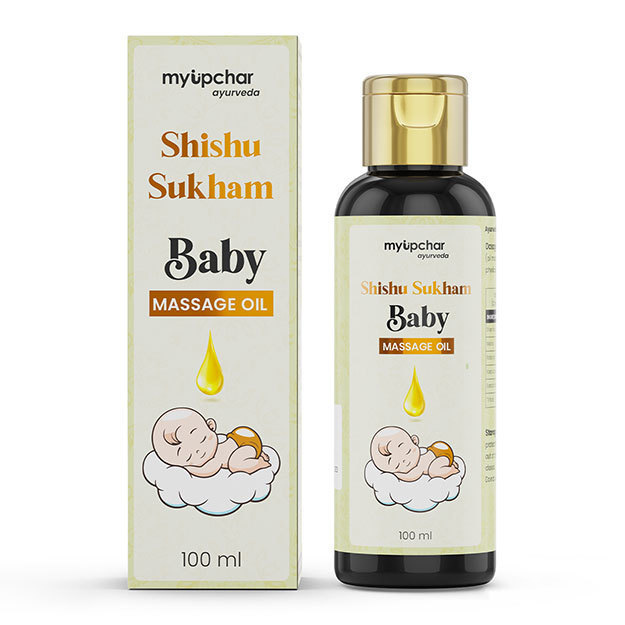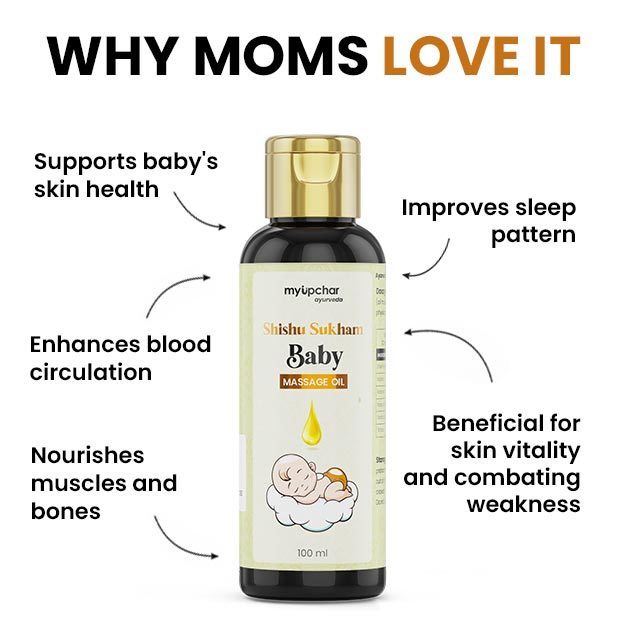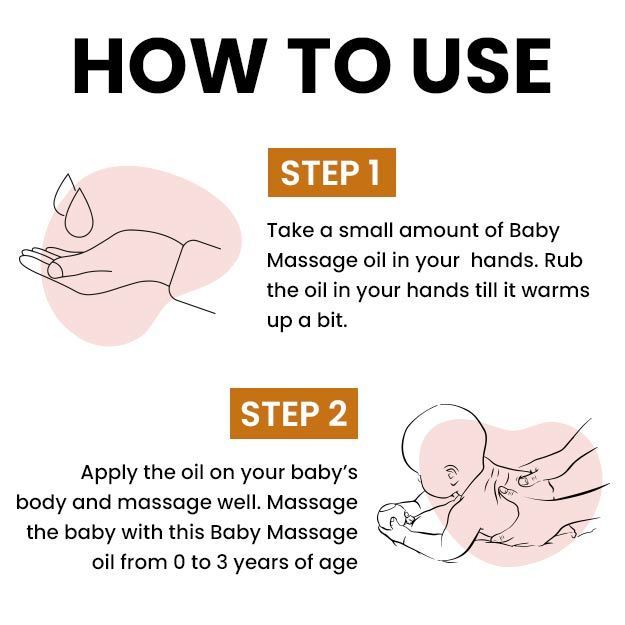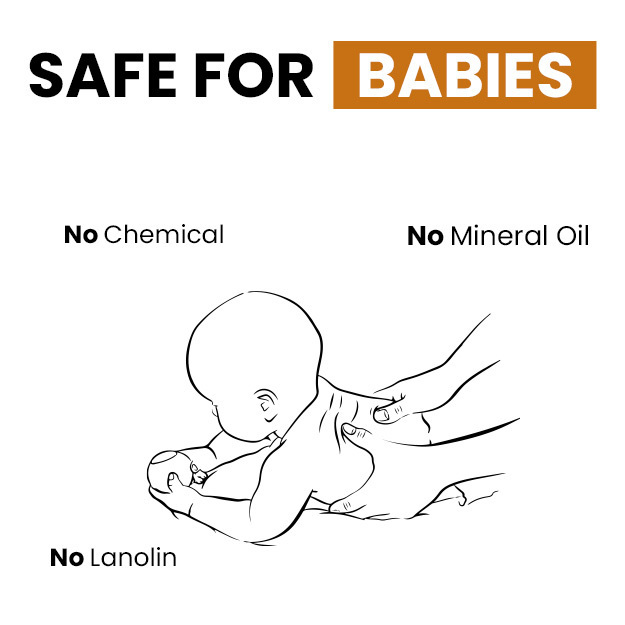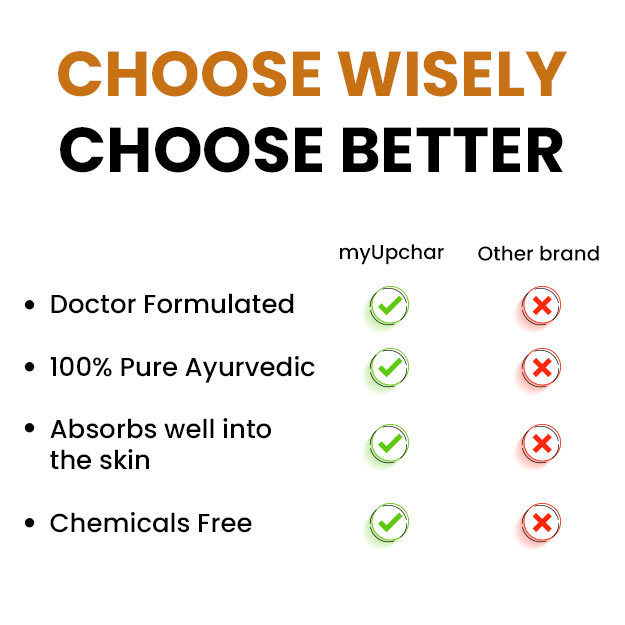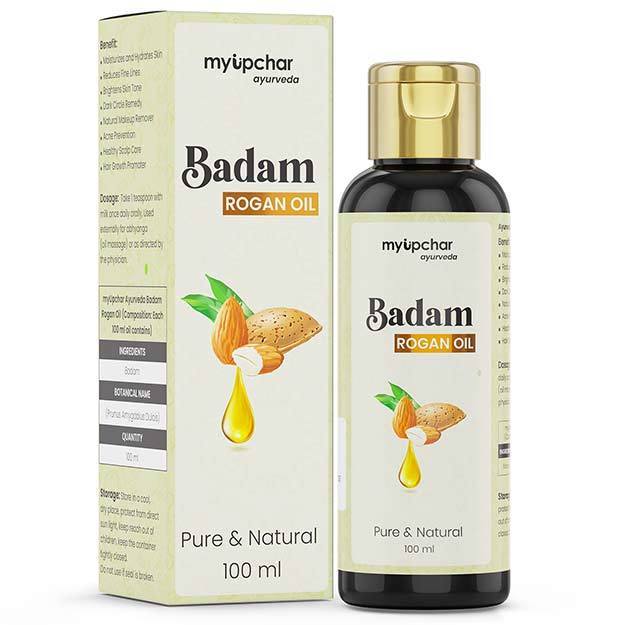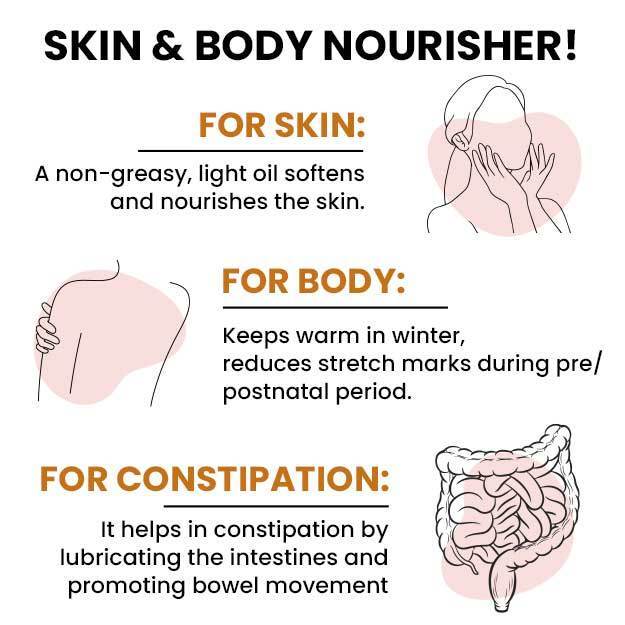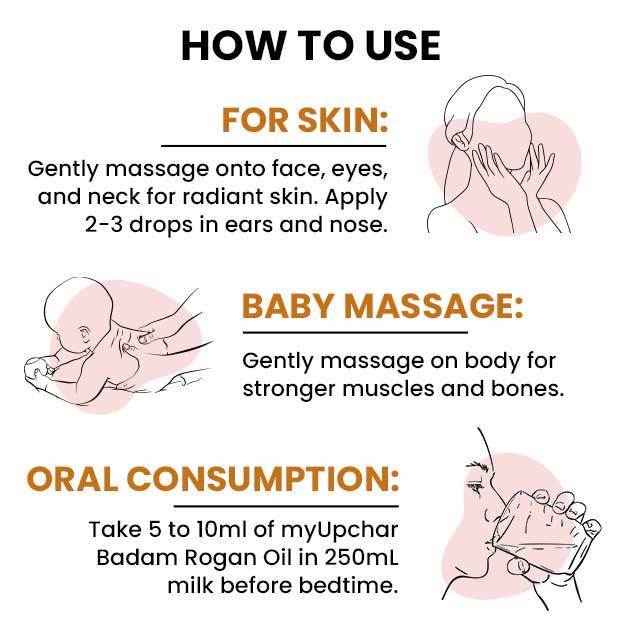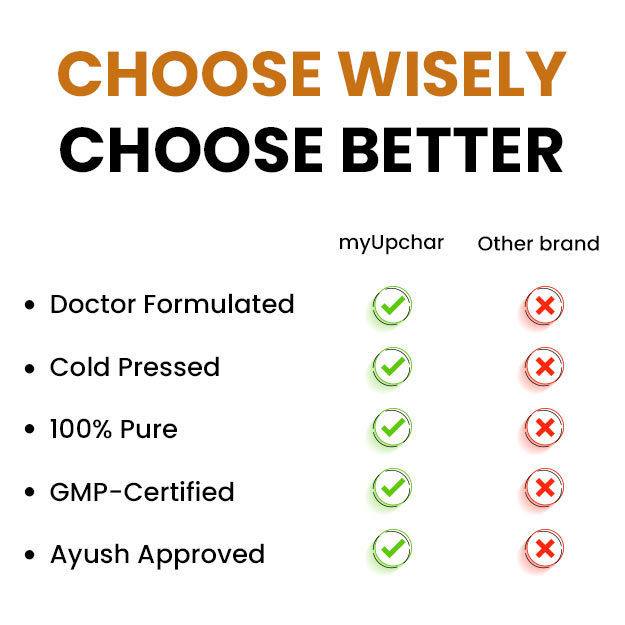Birthmarks are mainly of two types and the reasons for both are different.
- The first is vascular birthmarks: These are formed when blood arteries are not formed properly. They are usually wider than normal or may be in greater numbers.
- The second is pigmented birthmarks: These birthmarks are formed when cells overgrow (overgrow) and due to this there is pigmentation in the skin.
- There are 3 types of vascular birthmarks - macular stains, hemangioma, port-wine stains. These birthmarks are usually pink, red or blue in colour. Due to the extra blood present in these blood arteries, some vascular birthmarks may also feel hot to the touch. Vascular birthmarks can look and behave differently depending on the type of blood vessels they are formed in.
- Macular stains: Also known as salmon patches, angel kisses or stork bites, these are light red markings and are the most common type of vascular birthmark. They usually appear on the forehead, eyelids, back of the neck, nose, the area between the lips and nose (upper lip) or the back of the head. Macular stain birthmarks become more prominent when the baby cries. Most of these marks fade by the time the baby is 1 or 2 years old, but in some babies they remain until adulthood.
- Hemangioma: These birthmarks are classified as shallow markings when they are on the surface of the skin, but they are very deep when they are deep inside the skin. These marks are slightly raised and their color is bright red and sometimes they are not visible anywhere on the child's body even after several days of birth. Birthmarks called deep hemangioma are blue in color because they include blood vessels that are present in the very deep surface of the skin.
Hemangioma grows very fast in the first 6 months after the birth of the child, but after that when the child is 5 or 10 years old, this birthmark becomes smaller and disappears on its own. Some of these birthmarks also leave scars behind which can be removed by plastic surgery. Although hemangioma can occur on any part of the body, it usually occurs on the head or neck. Sometimes due to this birthmark being near the eyes, mouth or nose, there may be problems in seeing, eating or breathing.
(Read more: Baby Growth at 9 Months)
Port wine stains: These birthmarks discolor the part of the skin on which they are located, making it feel as if wine has spilled on that part of the body. This birthmark usually occurs on the face, neck, arms or legs. Port wine stains can be of any size and as the child grows, this birthmark also grows bigger. Over time, their color also becomes darker and by adulthood, if they are not treated, they can feel like a pebble on the skin when touched. This is a birthmark that never goes away on its own. If such a birthmark is around the eyes, it can also affect the person's ability to see.
Pigmented birthmarks are also of 3 types - cafe-au-le spots, Mongolian spots and moles. These birthmarks are formed when there is more pigment on one part of your skin than on the other part.
Café-au-lay spots: These are very common spots and their color is like milk coffee and that is why they have been given this name. They can appear on any part of the body and sometimes their number also increases as the baby grows. If there is only one such mark on the body, then there is no problem. However, if your baby has more than 6 cafe-au-lay spots on his body, larger than the size of a pencil eraser, then definitely get your baby examined by a doctor. Many such spots can be a sign of neurofibromatosis. This is a genetic disease in which cells start growing more than normal inside the nerve tissues.
Mongolian spots: These spots or patches are bluish-gray in color, they are completely flat and are usually found in the lower part of the room or on the hip. This birthmark is more common in people whose skin is dark colored such as people of Africa, people of Asia, Hispanic and people of South European countries. No treatment is required for this birthmark and by the age of 4-5 years, as soon as the child starts going to school, this birthmark fades and disappears on its own.
Moles (Congenital Nevi): Most people have moles at some point in their lives. The moles that are present on the body from birth are called congenital nevus and remain present on the body throughout life. If the size of these moles or congenital nevi is very large, then it can cause skin cancer or melanoma later in life. However, the chances of getting cancer due to moles are very low. Moles are usually round in shape, their color can be tan, brown or black. They can be completely flat or raised and sometimes hair growth also occurs from them.




